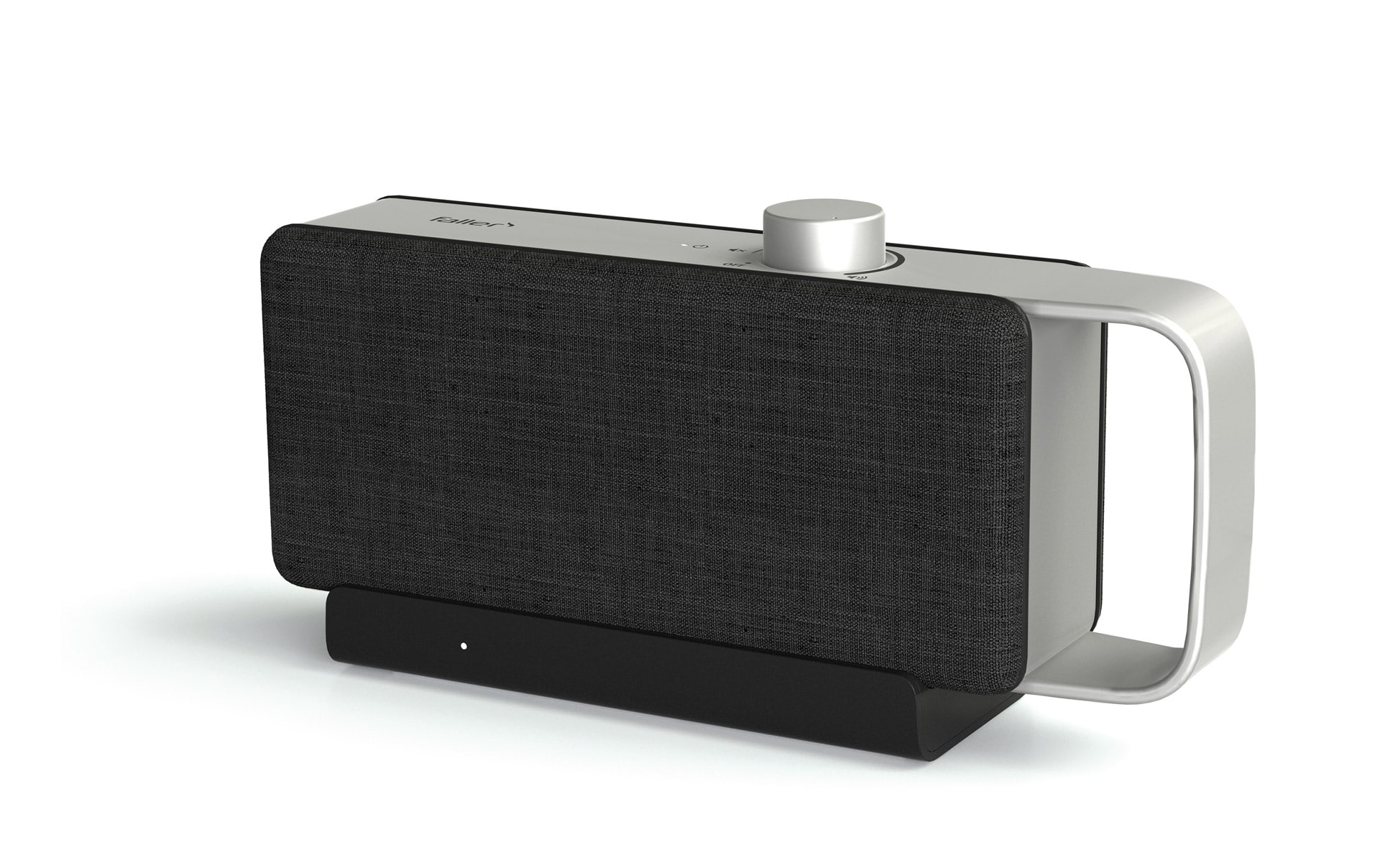When the TV entertains the whole house
MAKING TELEVISION A LISTENING EXPERIENCE AGAIN
MODERN TECHNOLOGY MAKES EVENING TELEVISION A PLEASURE AGAIN
Things are just getting dramatic in the movie: the hero of the story finally confesses to his beloved that he... but why doesn't he speak more clearly? He can barely be understood from the TV chair. Then the garbage truck drives past on the street outside - and all the tension is gone.
Why can't the sound be as clear as if the actors were in the room? Why does everything sound so flat and is so difficult to distinguish? The days when you instinctively moved closer to the TV when it was important should really be over. And to be honest: simply turning up the sound is no solution either. The noise is no fun, and you can't really hear the actors any better.
TV sound often poor
More complex is not automatically better
Sound design for films is a complex texture of music, atmospheres, effects, special effects, action sounds and even speech. And today's television sound is hardly comparable to that of earlier times. In the era of 5.1 home cinema, the aim is to give viewers the most impressive cinema experience possible on their TV sets at home. Loud music and spectacular sound effects are part of this, which quickly pushes televisions with "normal" sound output to their limits and makes listening exhausting.
New techniques in film production as well as the ultra-flat design of modern devices have led to a deterioration in speech intelligibility. Good sound needs space. This is hardly available in flat devices with the corresponding loudspeakers. As a result, dialog is now more difficult to understand than ever.
Especially when your hearing also deteriorates.
Reason no. 1 for visiting a hearing care professional
Intact hearing is important for social interaction. While our loved ones adjust to the onset of hearing loss, e.g. by simply speaking a little louder, the TV does not. The TV set thus acts as a "truth machine": in front of it, we have to admit for the first time that something is wrong with our ears.
The fact is that not being able to hear the TV is the main reason why people with hearing loss consult an ENT specialist or go straight to a hearing care professional.
As far as speech intelligibility on television is concerned, this step can now be postponed until later. Because a technical innovation solves the issue in a very unique and elegant way.
Hearing deteriorates
The fact that our hearing deteriorates over time is all too human. We lose the ability to filter out spoken words from distracting noises. We can often still hear well, but the typical TV mix of dialog, music and background noise pushes us to our limits.
An intact ear perceives both very low (from 16 Hertz) and very high (up to 20 kilohertz) sounds. Sounds with very different sound levels can be perceived, from the dropping of a pin to the take-off of a jet. The lower limit of the hearing range is called the hearing threshold, the upper limit the pain threshold. The important hearing range for speech and music is between 50 Hertz and 4 kilohertz.
Hearing damage / hearing threshold shift
OSKAR makes TV dialogs good entertainment again
VOICE-OPTIMIZED SOUND DIRECTLY AT YOUR SEAT
How nice it would be if you could be acoustically in the middle of it all instead of just being there. And that's exactly what you can do - with the help of OSKAR, a real innovation. The handy and user-friendly device has the technology to transmit even the quietest sound to the couch, but also to the next room or bathroom, as if it were being spoken "live" there. Crystal clear. Background noise is filtered out and voices are optimized. So you suddenly understand every word again. Even if you wear a hearing aid!
With OSKAR , your TV finally speaks in plain language again. At normal volume. This will please your partner and the neighbors.
